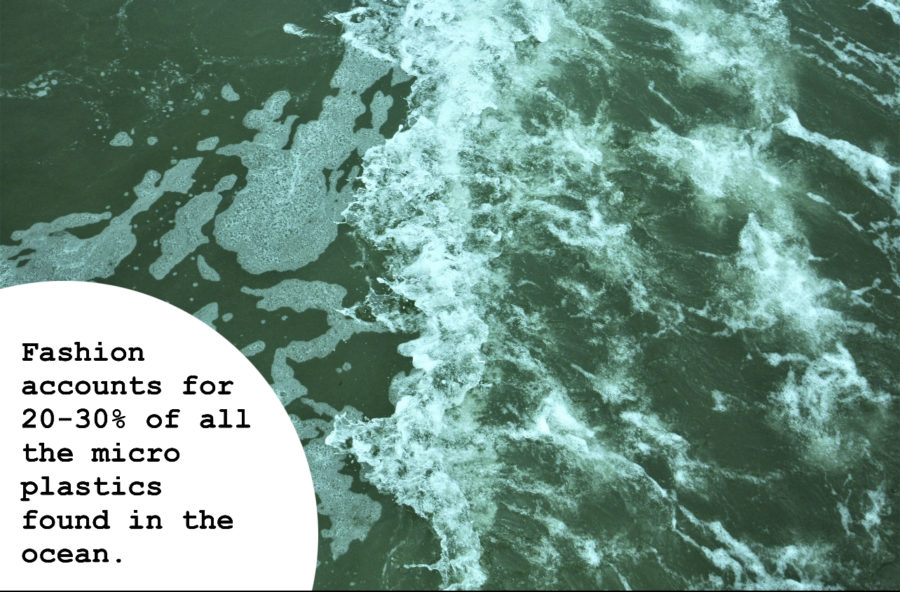Fast fashion is cheap, but what is the real cost?
Aerial of the Atlantic Ocean on 16th street at the Oceanfront on April 17, 2023.
May 4, 2023
Fast fashion is made to be quick and easy for consumers. Many see a shirt online for cheap and buy it thinking there is no harm. Over time, the harmful effects take a permanent hold on the planet.
Fast fashion industries are responsible for more carbon emissions annually than flights and maritime shipping combined, according to Princeton.edu.
This needs to change.
Fast Fashion is primarily low-quality, cheap clothing that is made to copy trendy clothing in order to maximize company profits.
The term “fast fashion” was originally coined in the 1990s after Zara made it a mission to plan and sell clothes in the span of 15 days.
This led companies like Zara, Shein, H&M and Forever 21, to become the biggest contributors to fast fashion.
Fashion production comprises 10% of total global emissions, according to Business Insider.
The emissions pollute the earth’s air and dry up the rivers and streams contaminating them.
The three biggest impacts of the fast fashion industry are on nonrenewable resources, such as water, energy, and microplastics.
Around 700 gallons of water is needed to create a single shirt, and 2,000 to create a pair of jeans. Not only is this an immense amount of water being wasted on an article of clothing, but the dyes from the clothes also contaminate water due to the leftover product usually being dumped into rivers or streams.
Although it should be a quick fix to help our oceans by stopping dumping waste into waterways, it goes much deeper than that.
Microplastics are nonbiodegradable plastics found in oceans also due to water pollution, which can have a toxic effect on marine life by delaying growth, prolonged healing processes and abnormal behavior.
In order to create these products, companies use extensive amounts of energy. When creating these products, there is a release of petroleum and hydrogen chloride acids, which can cause severe health risks to workers.
It’s not new for fast fashion workers to work in terrible conditions.
In countries like China and the Philippines, workers will work for low wages, long work days and in unsafe and sometimes deadly conditions.
It’s not just adults. Children under the age of 18 comprise 60% of labor resources in the fashion industry, according to Unicef. These kids are usually also paid unfairly and are often exposed to hazardous chemicals that create lifelong health issues.
According to Statista, 21% of e-commerce is clothing including fast fashion brands. This commerce is then shipped and creates further harm to the oceans.
Not only is marine life being contaminated with chemicals, but around 20,000 whales are killed per year by collisions with cargo ships.
Since last December, over 23 whales have washed up on the east coast with four being found on Virginia Beach shores.
Contributing to fast fashion is contributing to making wealthy companies wealthier off of harm done to our planet and to its inhabitants.
These atrocities must stop. If they don’t, there will not be a planet left.



